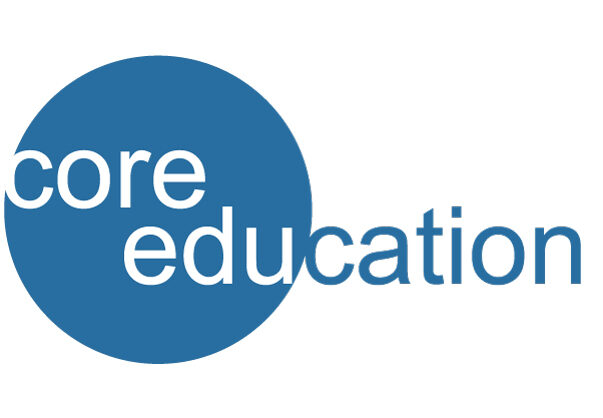Blog
The Consolidation Era in Higher Education: From Mergers to Affiliations and Coordinate Agreements
By Rick Beyer, Executive Chairman | Core Education PBC
The consolidation era is upon us in higher education, and over the next year we will see an increased pace in colleges mergers, affiliations and coordinate agreements. The business model for higher education is under severe stress. Consumer demand for college degrees continues to shrink, and the industry has experienced more than ten consecutive years of enrollment decline. Challenges of this magnitude requires business model transformation, greatly testing “institutional will and resolve.” Core Education PBC is supporting several of our institutional partners, providing transaction-strategy along with due diligence and post transaction implementation.
Higher education has entered uncharted waters. There will be more college closures over the next five years versus the previous period. In other industries with lighter regulatory controls, there would be a natural consolidation period with many institutions merging alongside some closures. Higher education, however, is a heavily regulated industry. In this environment, time works against many institutions who seek alignment for future prosperity.
A major Department of Education (DOE) regulation change is now in place that requires a “two-step approval process” for mergers. This regulatory change could add up to two years to the transaction completion timeline, making some mergers more difficult.
The concept of “affiliations and coordinate agreements” has not been used very frequently in higher education. However, formal affiliation pathways could become the single most significant future transaction structure. This type of transaction would allow two institutions to obtain the financial benefit of a merger while both remain independent.
We will also see affiliation transactions where a single OPE-ID (Office of Postsecondary Education Identification) number for Title IV funding access is used or remains, thus creating a “synthetic” merger. This unique transaction structure, which avoids a two-step DOE regulatory process, is likely to make the difference between failure and prosperity for many institutions.
While we are in unchartered waters, here are some known elements:
• The financial model in higher education is under extreme duress.
• Alternative transaction structures to traditional mergers may need to be considered.
• Board leadership is waiting too long to make critical strategic decisions regarding their future.
• Academic delivery cost is the central nervous system of the financial model. Consolidation of programming and academic delivery followed by administrative overhead economies of scale can make the difference between financial prosperity and failure.
• Due to increased regulatory climate, the length of time for a transaction to close could negatively impact weaker institutions.

